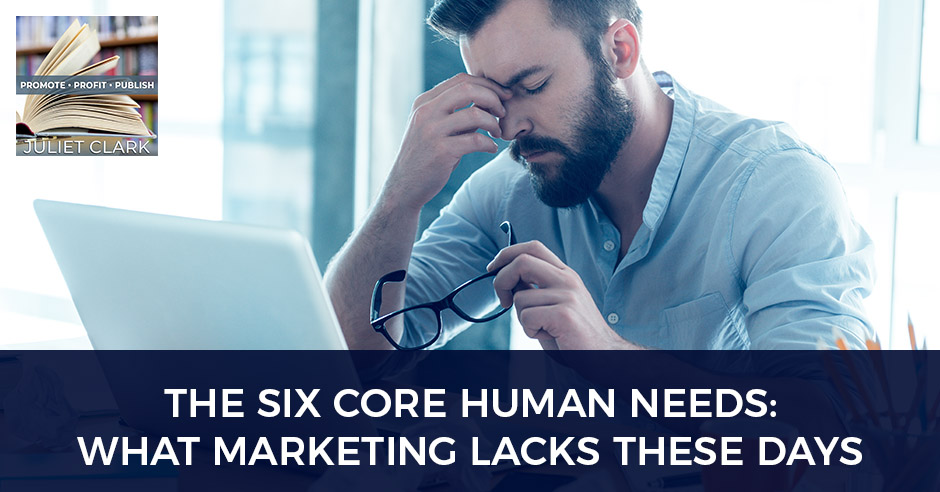
—
Watch the episode here:
Listen to the podcast here:
The Six Core Human Needs: What Marketing Lacks These Days
On this episode, I’m going to be my own best guest. First of all, I’m going to invite you to go over and take our Promote Profit Publish Quiz at www.PromoteProfitPublishQuiz.com. I’ll explain a little bit about that quiz and what we’re doing and what we see out in the marketplace. We’re getting ready to launch Quiz to Qualify, our campaign that we have developed our own unique way of platform building that benefits authors, coaches and speakers. Before we get into it, I want to talk a little bit about what we see in the marketplace and how we’re going to run this campaign differently than we’ve run campaigns in the past. It’s not hugely different, but hugely different from everyone else out there in what’s making this successful. If you know anything about Quiz to Qualify in the assessment marketing courses that our company teaches, you know that we use a platform that brings people into a self-reflective state.
Your audience, it’s not a survey where we’re asking them questions. They have to think about where they are in relation to what success looks like. For those of you who have been doing this a while, you know that marketing changes every year. Our consumers get more and savvier. We have to be able to change and move with them. What worked last year isn’t working this year. What worked the year before didn’t work last year. It’s because the audience gets exhausted. I saw a post inside the Extraordinary Women Facebook group where one of the women was complaining about, “Why am I getting all these Facebook ads for coaches? I’m sick of these. I’m exhausted. I want to know the people I work with.” We see a lot of that out in the marketplace. Let me define why.
Digital Marketing Is A Great Tool
Digital is a great tool. Digital ads, social media and Google ads, they’re a great tool if you have a physical product, something that people can use. Intellectual or info products, as people call them, are a little bit different. You have to see and it’s hard to visualize the results. You’re looking at where you are now and where you want to be. We’ve been exhausted over the last couple of years. Back in 2013, 2014, you could watch a webinar, people would click and buy a $2,000 program. That’s no problem. That rarely happens anymore. Too many people got burned. The threshold for coaches to get into the marketplace is very low. If you look at some of the life coaches out there, they’ve taken a $12 course on Udemy and gotten themselves certified and qualified. It doesn’t take a whole lot. What people are craving right now are relationships. For the most part, goober marketing is over. A lot of the gurus were great self-promoters, but did they deliver results, tangible results?
Clear, Concise, And Consistent Message
That’s where we’re looking at the process and listening to what’s going on in the marketplace. When we talk to people, they have a lot of theory when they’ve gone to the gurus. They don’t have a lot of actual, “I’ve set this up. I have an audience. I know what I’m doing. I know what my niche is.” We’re going to talk a little bit about that and why we see that happening. If you’ve ever worked with a coach, one of the first things they do is they get into the components of your message. They dive deep into the message and the medium. Let’s talk a little bit about that. If you have a message and you’ve heard this over and over, it has to be clear, it has to be concise and it has to be consistent.
One of the things that we see over and over is that it’s not very clear, it’s not very concise and it’s not consistent because it’s changing all the time. There are so many people, you go to their website and you’re like, “What does this person do?” That’s tough for entrepreneurs, especially since so many of us are caught up in this, “Author, coach, speaker, I have to be all of those.” I’m here to tell you, you don’t have to be all of those. What you have to do is turn a profit. You have to figure out the most efficient way to get your message out there. A lot of that is deciding what your medium is. First, you’ve developed your message, now you’re going into the actual medium. I have some notes over here I’m looking at. Let’s talk about that medium. That means you have to be on the right platform. You have to be exercising platform etiquette and what that means is not screaming at people, not spamming people. You have to be looking at the analytics. Most of the time coaches, authors, speakers and businesses don’t do that efficiently. They have the wrong message on the wrong platform.
Let me give you a great example. I know someone who’s a real estate agent. Over on Facebook, a lot of friends, she shares a lot of personal stuff. You overshare, you are using a lot of TMI, it does not make you vulnerable. It makes you an oversharer and it’s uncomfortable for people. Make sure that you’re not doing that. Being vulnerable is just being you. If you cuss, cuss. Whatever it is you do that you would do in everyday life, do that on the platform. Unfortunately, for some people, that oversharing is too much. Back to the right platform. She’s over on Facebook, she’s sharing about her divorce, her stepkids, her everyday life and a little bit of real estate. I was over on LinkedIn and she’s sharing there exactly the same points that she’s making.
Consumers are getting more savvy. We have to be able to change and move with them because what worked last year isn't working this year. Share on XLinkedIn is not the place to share your personal. It’s a business platform. You share about your business. You write articles. You share content. You show your expertise. My point here is to make sure that your message that you’ve crafted that’s now clear and concise and ready to go, that you are identifying the changes you need to make across different platforms. Don’t share the same things on Facebook. You may have the same message but don’t share the same things on Facebook that you share on LinkedIn. The next thing that we’re going to get into, and this is the piece that many people really miss when they’re working with their brands, their posting and everything they’re doing around their message is perception is a reality. That’s something you probably heard before. We hear it all the time in different areas of advertising. It’s what it is.
Your brand is not what you think it is, it’s what others think it is. It’s all about how you said it, where you said it and the response you’re getting. This is where the analytics come in. If you have crickets when you’re posting, something is wrong in all of that. You need to look at where you’re saying it. The example I just gave of the person who’s talking about her divorce or her ex-husband or whatever it is on LinkedIn. It’s not the right place. I’d be shocked if you’re getting any response there. That’s where you share about real estate. Make sure that your tribe is responding. This is where you can take a deep dive into doing more of what’s working and doing less of what’s not working. Before you can do that, you have to be absolutely aware of how you’re coming across and what that’s looking like.
Audience Validity: Emotional Connection
Here’s another thing that we see a lot of out on social media, is audience validity. One of the things you have to remember is that in order to inspire an audience, you have to have some emotional connection. It’s not just gathering the tribe and throwing things at them. We have this wonderful thing that we do in books and it’s hard. Any writing coach will tell you that getting their client to show, not tell, is a big deal, especially in fiction. If I show you how to do something and inspire you to do it, you feel good about it. If I tell you to do it, you feel like you’ve been bossed around. I’ll just share. I used to play golf with my ex-husband. I loved the man to death, but when he showed me or gave me golf tips, I hated him. I had this feeling the way it was said that I wasn’t good enough. That’s the way a lot of people feel when you tell them instead of showing them. Always be willing to do that, to build that emotional connection. People appreciate it when you show them instead of telling them.
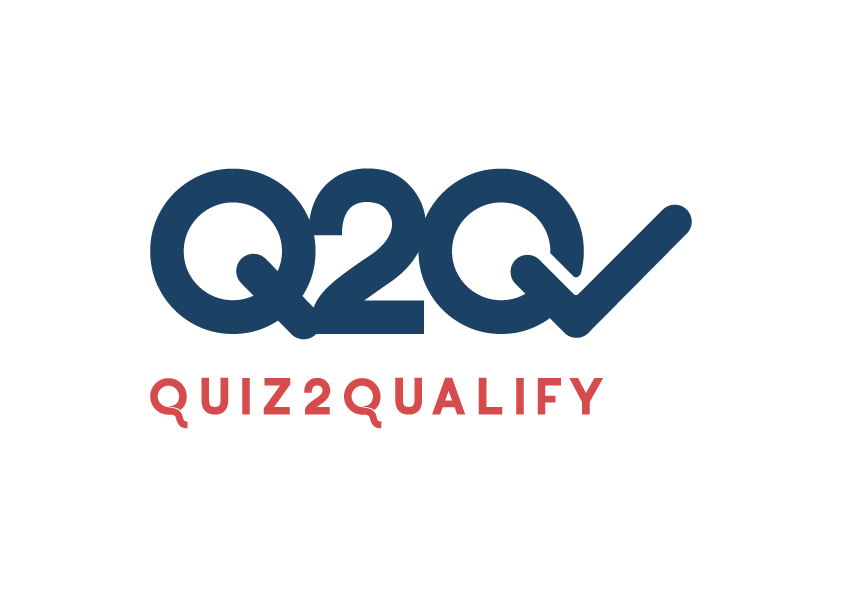
Tony Robbins’ Six Core Human Needs
How does this fit back to the emotional connection? When I’m showing you how to do something, I feel connected to you. You feel connected to me because we are interacting and communicating in a very helpful way. If I tell you how to do it, you feel bossed around. This is where a lot of people miss the emotional connection and communication. I’m going to talk a little bit about what I see missing in marketing as well because it’s all the same conversation. Tony Robbins, if you’ve ever looked at his needs stature, there are six ways, six things that every single person on the planet has. It’s all within us and it’s a needs hierarchy.
When you’re looking at that, you have to be able to identify what is the structure, what is the moral componency or value componency of that needs structure because that’s going to speak to what your audience needs and how they receive it. Remember, you have to be able to put this in the order of your exact audience or at least get the top two to be able to connect on an emotional level. The first one, the need to be needed. These are people who are looking for relationships. They’re looking for recognition. They’re looking for visibility. If you can connect with that on an emotional level, those are your people. It may not mean that it’s the only thing that’s up there in the value structure. If you can identify that and get with those people right away, that’s what they’re looking for. That’s what’s going to help you connect.
The second one is growth. This is the need for expansion. This is the capacity, the understanding and the capability that people are looking for. They want to be able to grow, to transform and to move to the next level. By the way, I hate that, “Let’s move you to the next level,” when I see it in the copy. What does that mean, the next level? Where am I going? Where am I at now? You need to identify that and that’s one of the things that we do well with the Quiz to Qualify platform is basing where you need to be on this is what success looks like and where you are on that scale. The third one is certainty. You see certainty a lot with people who they want to be sure. They want to minimize risk. They want to have security and comfort. You see this a lot in the advertising world with banks, insurance, mortgages, annuities and things like that where people want to know before they invest their dollars. We’re seeing a lot of that in the coaching world right now.
If your brand is not what you think it is, it's what others think it is. Share on XPeople want to know that they have a relationship with you, that you’ve got their back as a coach and that you have solid deliverables inside of your contract. That’s super important because people aren’t just walking away like, “I’m going to wave my magic wand and six months from now you’ll have this.” They want to know that you’ve got their back and six months from now you will have this. If you don’t have this, you’ll step in as that person and ensure that they’re getting the kinds of results that you put it in your deliverables. The fourth kind is the connection and this is the need for love. This is important because this is where we’re going as a society. We’ve had toxic social media. I look at Twitter and I don’t even play anymore. The fighting and the toxicity is horrendous.
We want to play in platforms where there is belonging, spirituality, connection. Let me give you an example in the ad world, beer commercials. You never see a guy sitting in the living room by himself with food packages all over the table, drinking beer, passed out. That’s not connection. You see those people out in fun places doing fun things, connecting with other people. Where does that fit on the hierarchy of needs scale when you’re serving your clients? The fifth one is a contribution. A contribution is a place of needing to serve. Let’s face it out there, there are a lot of people that say they’re here to serve. When you get into those programs, products and services, they’re not doing much serving. These are people who are better at self-promotion and that’s very important. We talk a lot about brand alignment. This is where you see people who are out of alignment with their brand because they’ll tell you one thing, but you see them behaving another way. People who were there to truly serve will go to the nth degree to make sure their clients are served.
The last one is the variety. This is opposite on the spectrum from those people who are risk-averse, where they want to minimize risks. These are people who are a little more willing to put it out there. They’ll risk a little bit more. They’re willing to get out of their comfort zone. That doesn’t mean that risk is nowhere on their scale because we have all of those, but maybe that minimizing risk is a five or a six instead of a one or a two. What’s important when you sit down and you put all of these campaigns together, is that you understand where your people’s needs fit on that spectrum. That’s going to help you copyright in a better manner and be able to connect with those people on a much higher level.

Core Human Needs: People want to know that they have a relationship with you, that you’ve got their back as a coach, and that you have solid deliverables inside of your contract.
The Shift In Marketing Campaigns
Let’s talk about that campaign where we’re seeing the marketplace shifting and where we’re actually going. How many of you are tired of getting those affiliate emails that say, “My best friend, Juliet, has this great thing,” and you can tell the copy is pre-written. You can tell that everything is BS. It’s written to bring you in, but it’s not written in a way that zings you, that pulls you in. We’re changing that this time. Instead of going out and getting affiliate partners with big lists that play big, we’re working with our own clients this time. We’re running them through a campaign of how and what a great joint venture looks like. We’re asking them to insert their results in our email that goes out that invites them to our webinar. Why are we doing that? We sat back and realized that 90% of our business is coming from our past clients.
At the end of our program, on module six, we invite people to be our partners. We explain our partner program. We explain why we’re inviting them to do it. This time, we’re going to bring all of our clients in. We’re going to teach them what joint venturing looks like because we’ve been teaching them all along about building an audience that is smaller and very connected. If you come into our programs, we don’t teach you to go out and get social proof. We want pocketbook proof. That’s what we call it. If you have money in your pocket, that is so much more valuable than your marketing person saying, “You got 1,000 clicks.” I invite you when someone tells you that in the marketing world that you’ve hired digitally if you’ve gotten 1,000 clicks and no sales, something’s disconnected there. I invite you to call Lexus and say, “I’ve got 1,000 clicks this month. Can I make my car payment with clicks?” I bet you they’re going to click it right in your ear and hang up on you.
That’s one of the reasons that we have invited our actual clients to be our joint venture partners this time because they can speak to the deliverables. They’ve been inside of the programs. They also can speak to the care that they got and where they really served inside of the program. They can speak to all of those. We are writing some of the copy, but we’re inviting them to insert their own experiences and share that with their audiences. That’s something new that we’re trying because we tried it on a lower level and we had great results. We ran a campaign. When we ran the campaign, we did this on a limited basis. Back then, we had about a 60% referral reference for referral level from our past clients.
In order to inspire an audience, you have to have an emotional connection. Share on XWhen we engaged in this that raised. We had clients out there writing those emails or using our emails and inserting their experience with us and we went up 30% in our referral level. That’s one of the things we’re doing. We’re all about relationships. When I say relationships, if you know anything about Quiz to Qualify, you know that it’s a self-reflective platform that you use with your potential clients. We also bring through people to what’s called the commitment level. Based on that, you pick up the phone and you start that relationship with them. Many of our clients have gotten great results with that because people want connection. They don’t want to click anymore. They want to have a relationship that builds trust with the person they’re going to hire.
That’s what our platform has done for people is we’ve built those relationships not only with our clients but potential clients, potential partners, and real relationships and having real conversations. Having a digital conversation is not a real conversation. People are craving connection. Give it to them. That doesn’t mean that you pick up the phone and you make an offer on the first call. Maybe you chat and find out what their wants and needs are and see if you can even help them. We’re doing that. We’re also speaking a lot to results. You can see that from our JV partners that we’re bringing on. There are actual clients that can speak to results.
One of the things that happen inside of our program is we invite our clients to use something called FreshBooks. When you send out a contract, it’s not a wavy gravy contract. Here are the deliverables that you’re going to walk away within six months and making sure that when the relationship is done in six months, we’re quizzing them again. We’re finding out did they get the results that were on that contract. If they haven’t, we re-up them for the next round. We invite them to come back through the program again. We invite them to do that at no cost because you have to remember this as a co-author, coach or speaker that if people aren’t getting results, it’s never their fault. They will always come back to some deficiency on yours. If you’re out there to serve an audience that means you’ll step into it.

Core Human Needs: Having a digital conversation is not a real conversation. People are craving connection so give it to them.
I want to share another tip. It’s something we’re doing on Facebook with our group. We have a Facebook group. There are a couple of things we’ve done. We’ve slowed down the growth tremendously. We didn’t want to be one of those groups where you came in and everybody spammed. Our Facebook groups now, we use the quiz to get in. Probably one in fifteen people fill out that quiz and gets into our group. We’ve made it very exclusive. We did away with 2,000, 5,000 that we need social proof inside the group. What we’re looking for are people who are connected, need us, want us and are dedicated to learning what we have to teach. I would rather have 100 clients who are paying attention and paying me any day of the week, than 10,000 people inside of a group who just don’t give a damn or are there to spam. We’re working on what we call pocketbook proof instead of social proof over on social media.
The other thing we’re doing is since we’re slowing down our group growth, we’re also highlighting members when they come in. What does that mean? We are reaching out to the new members and saying, “We’re so glad to have you. Thank you for taking the quiz. I see where you need help. I’d love to promote you inside of the group.” We’re actually doing fifteen to twenty-minute Facebook Lives with every group member because we know that there’s gold in there. We’re spending the time getting to know these people, to help these people and to serve these people. When you’re inside of the Quiz to Qualify Program, anybody who’s in there will tell you that we have a group of collaborators in there. People are getting to know each other, not just on the group calls, but inside the group. There’s a lot of activity and helping. We’re connecting people with the people that we think would be ideal partners for them. It’s fabulous.
I encourage you to do that inside of your group too. Don’t be about the social proof, be about the pocketbook proof because that’s going to propel you into your next sale. I want to invite you, as we start this campaign, is go over and take our quiz. It’s at www.LeadLogicQuiz.com and find out what our lead status is because what we’re doing is really a relationship-building lead-generation program. If you want to know more, go over to the website and get inside of our queue. You’ll start to get the emails about the campaign.
People appreciate it when you show them instead of tell them. Share on XHere’s something else I want to give you. Just something that popped into my mind when it comes to referrals. If you are out there to serve your audience when you identify and have conversations with someone ready to come into your program, give them referrals. Let them go out and talk to your past clients. Why is this important? If your past clients are being served well, they’ll share that. There was a situation where one of my clients called me and said, “I’m looking at a program.” I said, “Did you ask him for referrals?” She said, “I did and nobody had anything nice to say.” I said, “I think you’ve got your answer. If they made $12,000 in two years, it doesn’t sound like they were served by that program.” The other person she talked to said that they lost money during the program. Be sure that you ask for referrals. “Can you give me three to five people that I can call and find out what they got from your program?” That’s it. Go over to www.LeadLogicQuiz.com, check out one of our quizzes, see what’s going on and have a beautiful day.
Important Links:
Love the show? Subscribe, rate, review, and share!




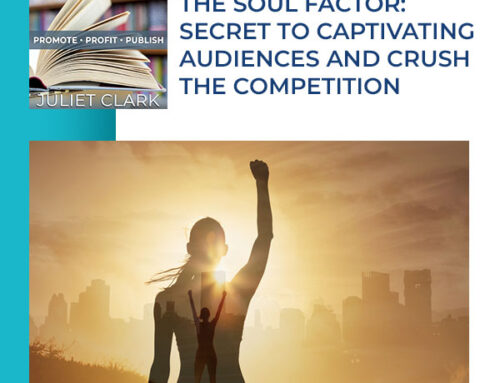
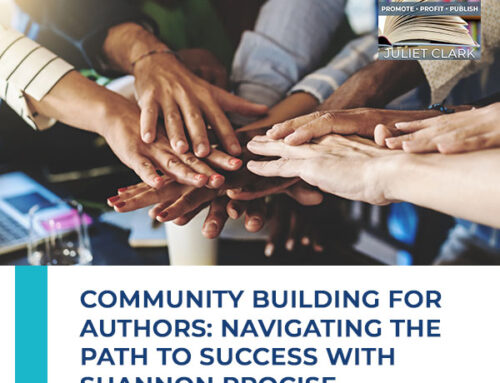
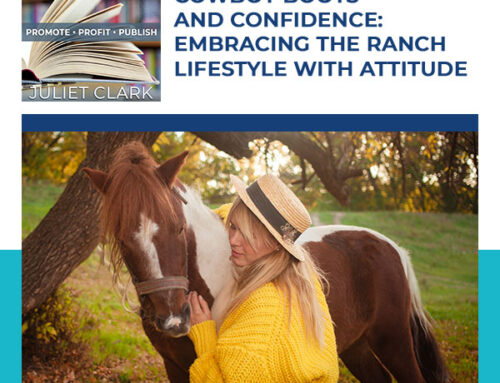


Leave A Comment